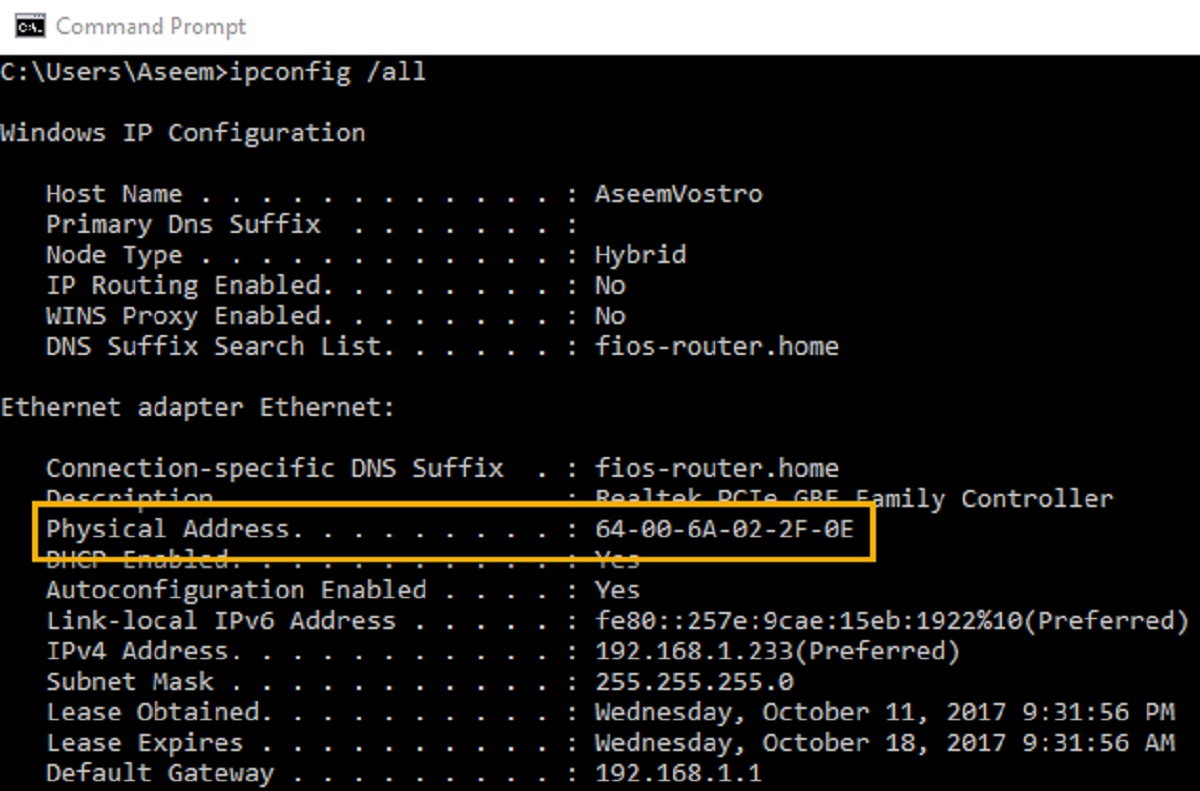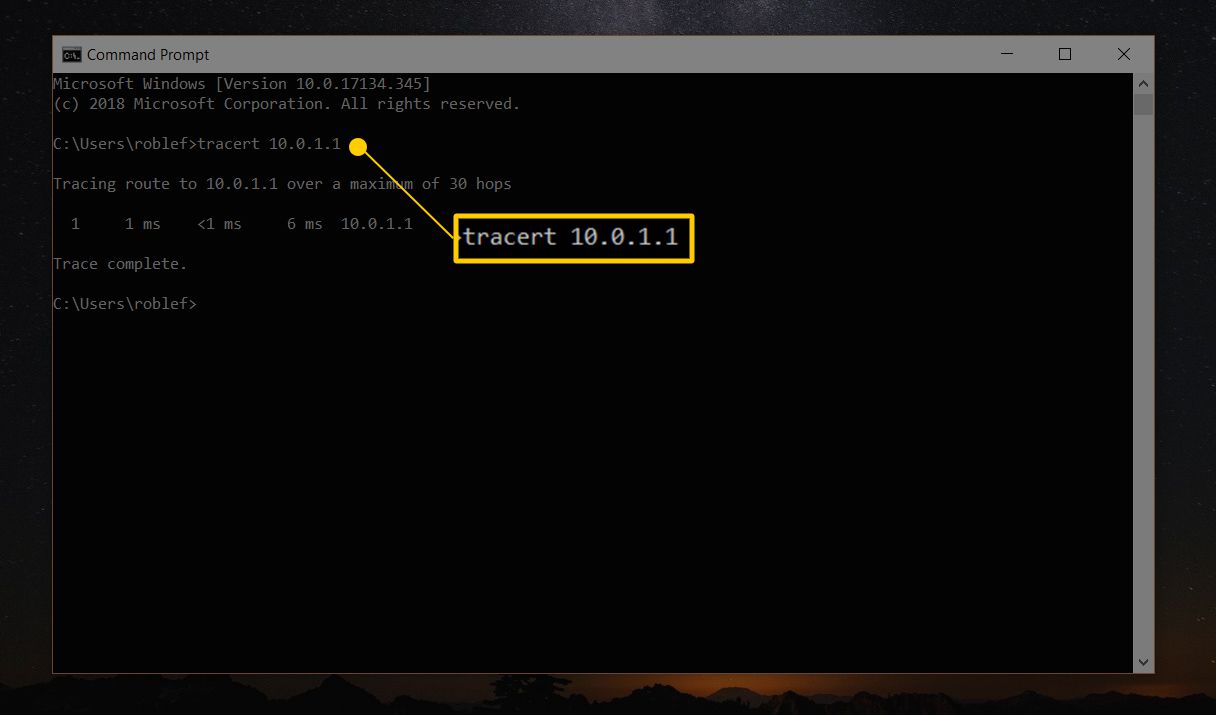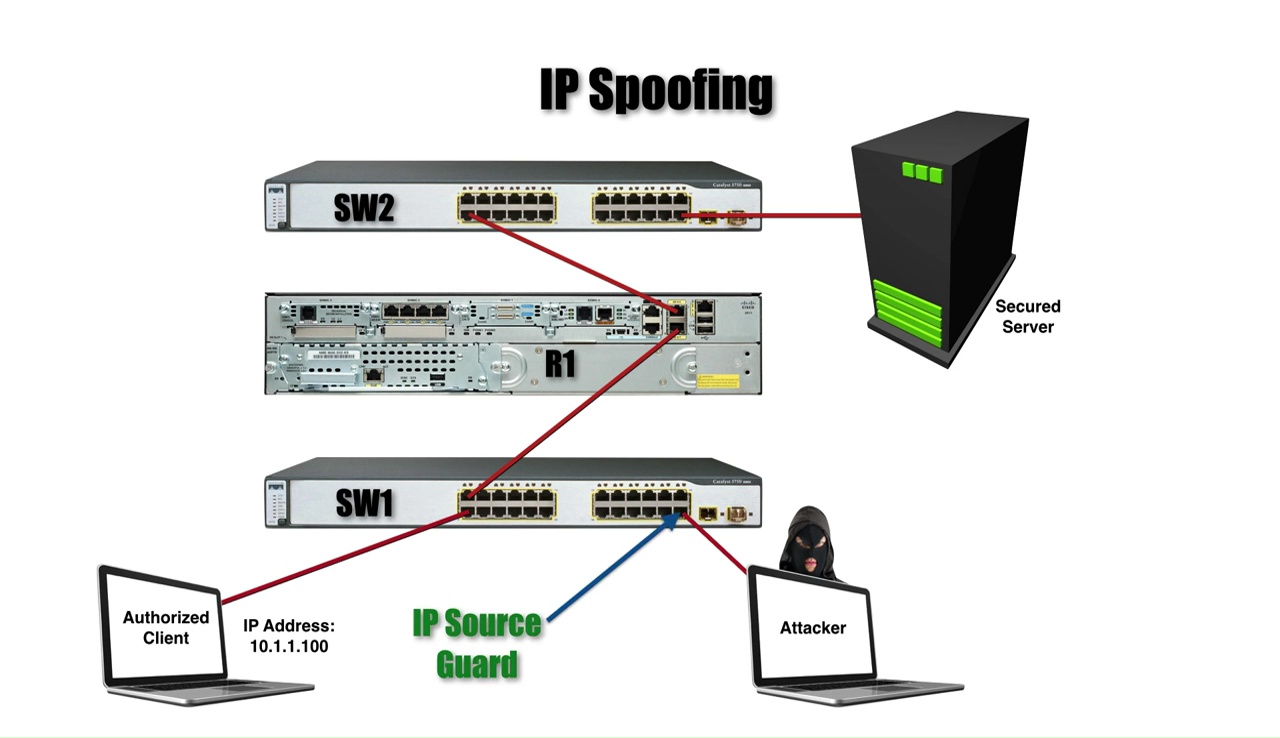Introduction
The Address Resolution Protocol (ARP) plays a crucial role in facilitating communication between devices on a network. It maps the IP addresses of networked devices to their corresponding physical MAC addresses. Every time a device needs to communicate with another device on the same network, it checks its ARP cache to find the MAC address associated with the destination IP address. This cache is essential for efficient network operations.
One important aspect of the ARP cache is its timeout value, which determines how long an entry remains valid in the cache before it is considered stale. When an entry expires, the device must perform a new ARP request to update the cache with the current MAC address of the corresponding IP. This timeout value is significant for network performance and security.
In this article, we will delve into the concept of ARP cache timeout, explore the reasons for changing it, and provide a step-by-step guide to adjust the ARP cache timeout on a network switch. Understanding and managing the ARP cache timeout is essential for optimizing network performance, enhancing security, and ensuring seamless communication between devices. Let's dive into the details to grasp the significance of this networking parameter and learn how to modify it effectively.
Understanding ARP Cache Timeout
ARP cache timeout refers to the duration for which an entry remains valid in the ARP cache of a network device. When a device communicates with another device on the same network, it stores the IP-to-MAC address mappings in its ARP cache to facilitate future communication. However, these mappings are not meant to be permanent as network configurations and device connections may change over time. To ensure that the ARP cache contains up-to-date information, entries have a limited lifespan determined by the ARP cache timeout.
When an entry in the ARP cache reaches the end of its timeout period, it is considered stale. Subsequently, if a device attempts to communicate with a device whose IP-to-MAC address mapping has expired in the cache, it must perform an ARP request to obtain the current MAC address associated with the destination IP. This process helps in maintaining accurate and current information in the ARP cache, enabling devices to communicate effectively on the network.
The ARP cache timeout value is crucial for network performance and security. A shorter timeout ensures that the ARP cache is regularly updated with current information, reducing the likelihood of communication errors due to stale entries. On the other hand, a longer timeout can minimize the frequency of ARP requests, potentially enhancing network efficiency by reducing unnecessary traffic. However, a longer timeout also increases the risk of using outdated information, potentially leading to communication issues and security vulnerabilities.
Network administrators must carefully consider the implications of ARP cache timeout settings to strike a balance between network performance and security. By understanding the significance of ARP cache timeout and its impact on network operations, administrators can make informed decisions when configuring this parameter on network devices such as switches.
Why Change ARP Cache Timeout
The default ARP cache timeout value set on network switches may not always align with the specific requirements and dynamics of a network. Therefore, there are several compelling reasons why network administrators may consider changing the ARP cache timeout:
- Network Performance: Adjusting the ARP cache timeout can directly impact network performance. A shorter timeout ensures that the ARP cache is updated more frequently, reducing the likelihood of using outdated MAC address mappings and enhancing overall network efficiency. Conversely, a longer timeout may reduce the frequency of ARP requests, potentially minimizing network traffic and resource utilization.
- Security: ARP cache timeout plays a crucial role in network security. A shorter timeout can help mitigate certain types of attacks, such as ARP poisoning, by ensuring that stale ARP entries are promptly discarded and updated with current information. By adjusting the timeout, network administrators can implement additional safeguards against potential security threats.
- Dynamic Network Environments: In environments where network configurations and device connections frequently change, a shorter ARP cache timeout can ensure that the ARP cache reflects the current state of the network. This is particularly beneficial in environments with a high degree of device mobility or frequent changes in network topology.
- Resource Optimization: By aligning the ARP cache timeout with the specific network requirements, administrators can optimize network resources. For example, in environments with stable network configurations, a longer timeout may reduce the frequency of ARP requests, conserving network bandwidth and reducing unnecessary traffic.
Considering these factors, adjusting the ARP cache timeout can be a strategic decision to tailor network behavior according to the unique characteristics and operational needs of a network. By evaluating the impact on performance, security, and resource utilization, network administrators can determine the most suitable ARP cache timeout settings to support the efficient and secure operation of their networks.
Steps to Change ARP Cache Timeout on a Network Switch
Changing the ARP cache timeout on a network switch involves accessing the switch’s configuration interface and adjusting the relevant parameters. While the specific steps may vary depending on the switch model and the underlying operating system, the general process typically involves the following key steps:
- Access the Switch Configuration: Log in to the switch’s management interface using a web browser or a terminal emulator, depending on the switch’s management capabilities. Ensure that you have administrative privileges to modify the switch configuration.
- Navigate to ARP Cache Settings: Once logged in, locate the section of the switch configuration that pertains to ARP cache settings. This may be found within the networking or interface configuration options, depending on the switch’s user interface and menu structure.
- Adjust the ARP Cache Timeout: Identify the parameter that controls the ARP cache timeout and modify its value according to the desired timeout duration. Some switches may allow the timeout to be specified in seconds, while others may use a different time unit, such as minutes.
- Apply the Configuration Changes: After adjusting the ARP cache timeout value, save the changes to the switch’s configuration. This may involve applying the configuration changes explicitly or saving the configuration to ensure that the new ARP cache timeout setting takes effect.
- Verify the Changes: Once the configuration is saved, verify that the new ARP cache timeout value has been successfully applied. This may involve checking the switch’s configuration interface or using command-line interface (CLI) commands to inspect the current ARP cache timeout setting.
It is important to note that the specific steps and terminology used in the switch’s configuration interface may vary across different switch models and manufacturers. Therefore, it is advisable to consult the switch’s documentation or seek guidance from the manufacturer’s support resources to ensure accurate configuration changes.
By following these steps, network administrators can effectively modify the ARP cache timeout on a network switch, aligning it with the specific network requirements and operational considerations.
Verifying the Changes
After adjusting the ARP cache timeout on a network switch, it is essential to verify that the changes have been successfully implemented and are functioning as intended. This verification process ensures that the new ARP cache timeout setting aligns with the network’s operational requirements and contributes to improved performance and security. The following steps outline the verification process:
- Inspect the Switch Configuration: Access the switch’s configuration interface and navigate to the section that pertains to ARP cache settings. Verify that the new ARP cache timeout value has been saved and is reflected in the switch’s configuration. This visual inspection confirms that the intended change has been applied.
- Monitor ARP Cache Entries: Observe the ARP cache entries on the network switch over time to ensure that stale entries are being updated based on the new timeout value. By monitoring the ARP cache, administrators can confirm that the timeout duration is effectively governing the lifespan of ARP entries and facilitating timely updates.
- Network Testing and Analysis: Conduct network testing and analysis to assess the impact of the adjusted ARP cache timeout on network performance and security. This may involve monitoring network traffic, evaluating communication latency, and assessing the responsiveness of devices within the network to ensure that the new timeout setting aligns with the network’s operational objectives.
- Addressing Anomalies: If any anomalies or unexpected behavior are observed following the ARP cache timeout modification, promptly address these issues. Troubleshoot any potential connectivity or performance issues that may arise as a result of the new timeout setting to ensure seamless network operation.
By systematically verifying the changes made to the ARP cache timeout, network administrators can confirm that the new setting is effectively contributing to optimized network performance, enhanced security, and efficient communication between networked devices. Regular monitoring and evaluation of the ARP cache behavior can provide valuable insights into the impact of the adjusted timeout value on the network’s overall operation.
Conclusion
Managing the ARP cache timeout on a network switch is a strategic endeavor that directly influences network performance, security, and resource utilization. By understanding the significance of ARP cache timeout and its impact on network operations, administrators can make informed decisions when configuring this parameter to align with the specific requirements of their networks.
Adjusting the ARP cache timeout can yield tangible benefits, including improved network performance, enhanced security, and optimized resource utilization. Whether shortening the timeout to ensure timely updates and mitigate security risks or extending it to minimize ARP request frequency and conserve network bandwidth, the ARP cache timeout setting plays a pivotal role in shaping the behavior of networked devices.
Furthermore, the process of changing the ARP cache timeout on a network switch involves careful consideration, precise configuration adjustments, and thorough verification to ensure that the new setting aligns with the network’s operational objectives. By following the outlined steps and diligently verifying the changes, administrators can effectively tailor the ARP cache timeout to suit the dynamic needs of their networks.
Ultimately, the ARP cache timeout serves as a foundational element in network communication, and its management warrants deliberate attention and informed decision-making. By leveraging the insights and guidelines presented in this article, network administrators can confidently navigate the process of modifying the ARP cache timeout, contributing to the efficient, secure, and resilient operation of their networks.

























